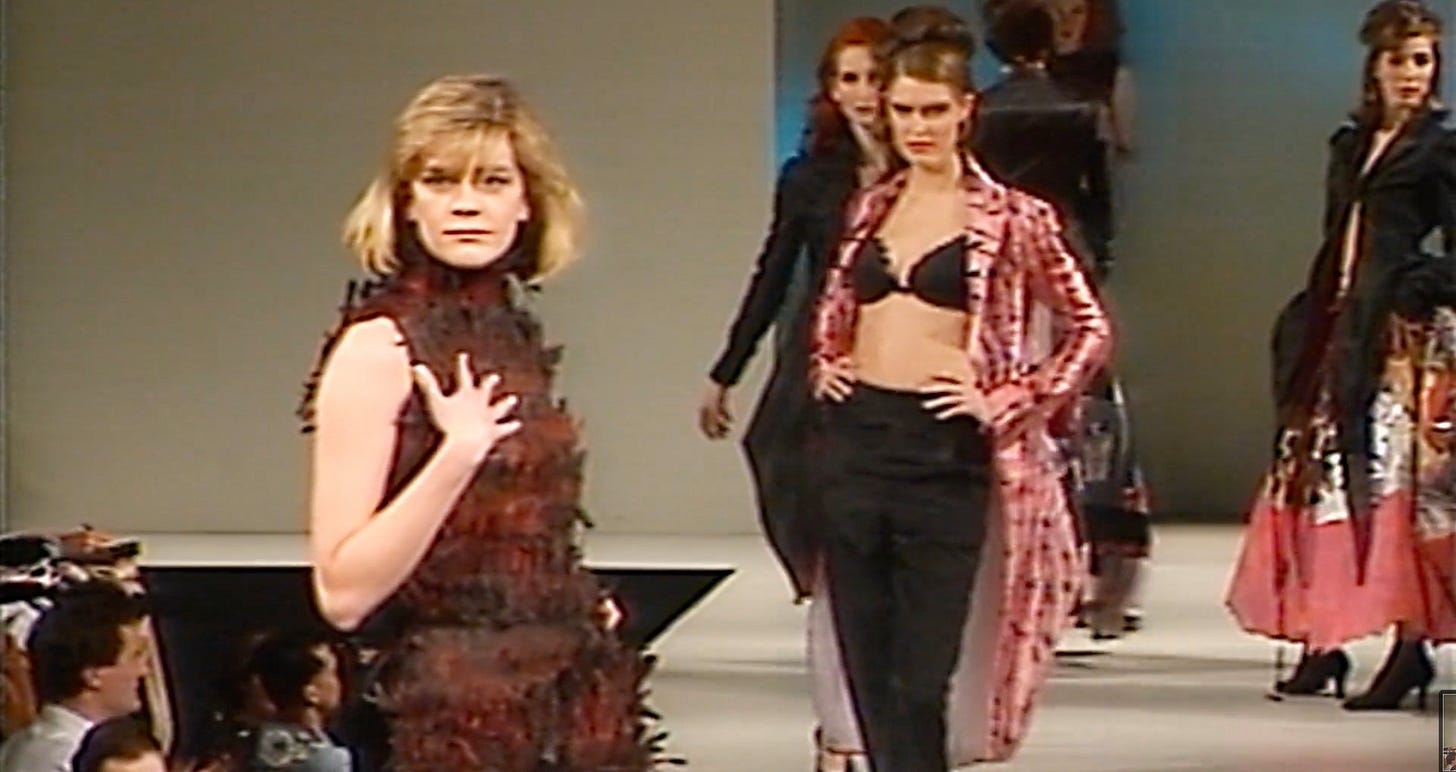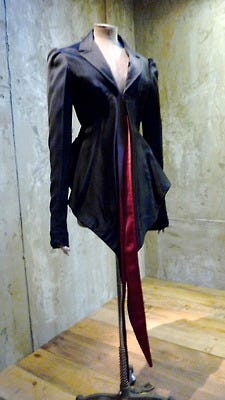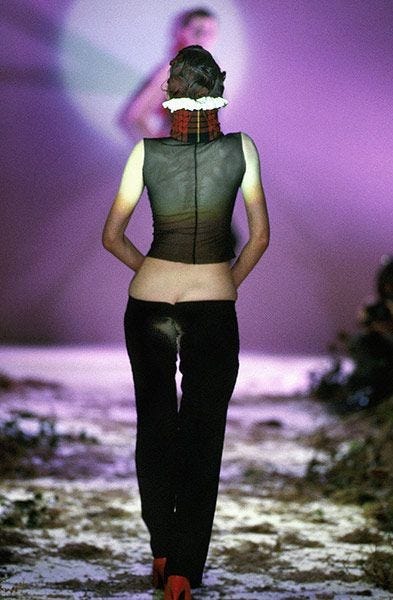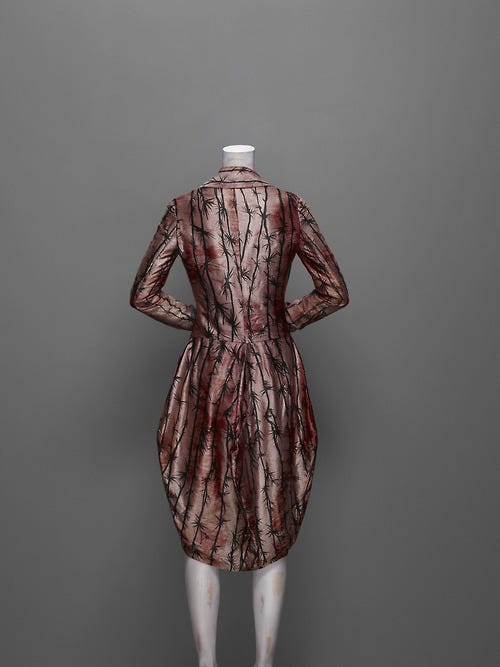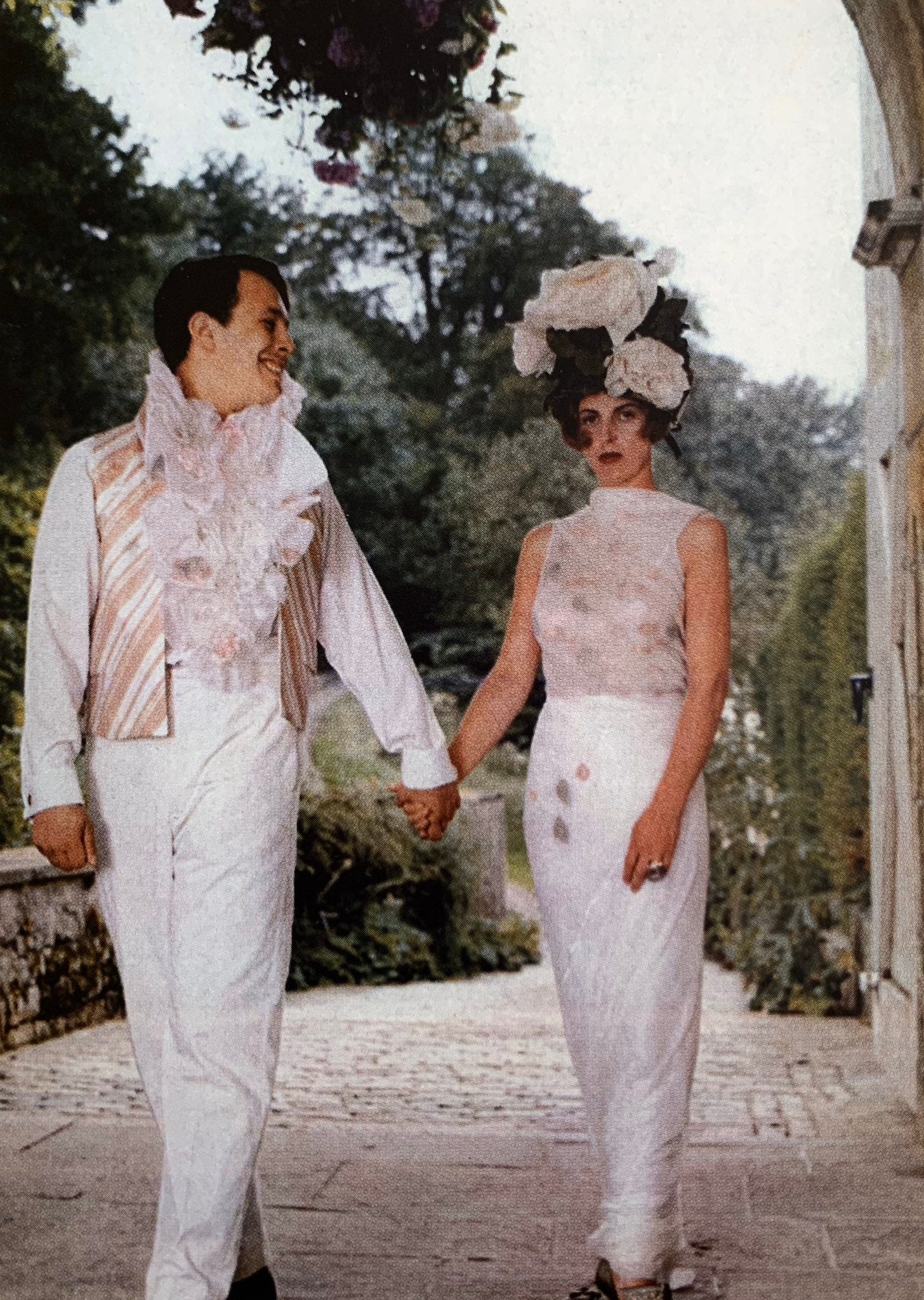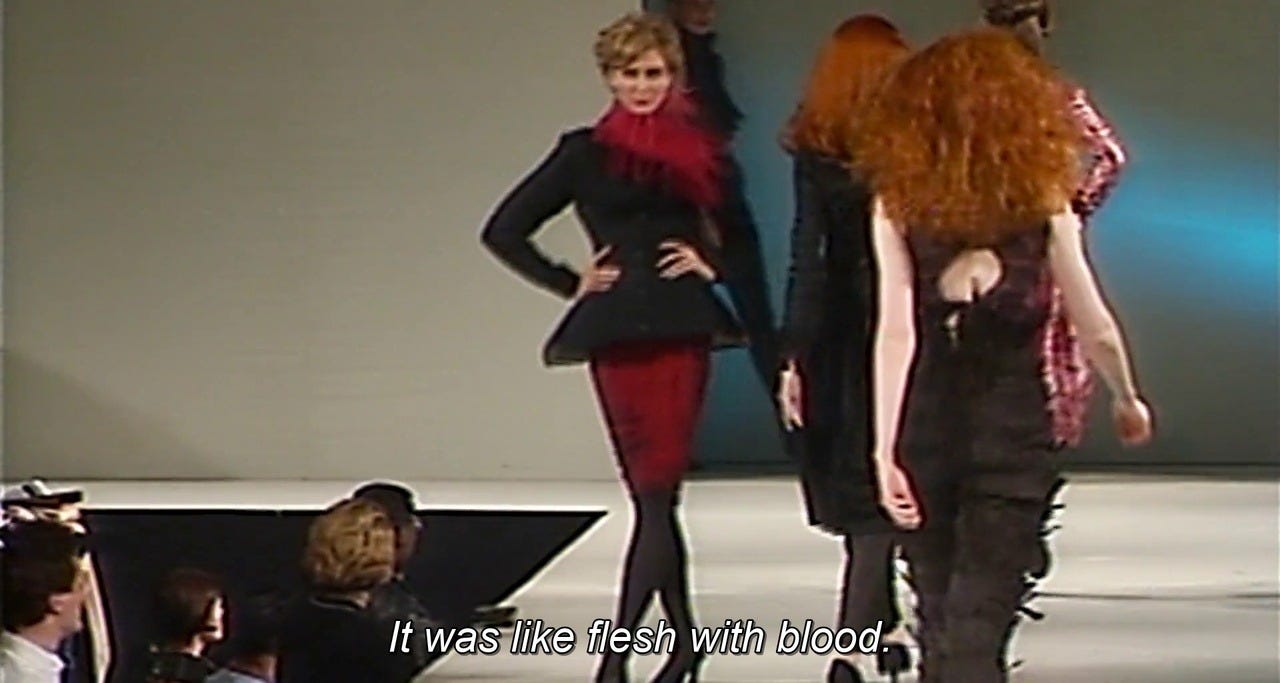I don’t remember the last time I wrote a newsletter that wasn’t a weekly roundup or a review of some sort, which was not my intention, but, life!
Anyway, if you know me, you know that Lee McQueen is one of my favorite designers, which doesn’t make me special, but it does mean I have taste. I decided there was no better way to dip my toes back into fashion history pieces and the likes, than to discuss McQueen’s graduate collection.
In 1992, Lee Alexander McQueen graduated from Central Saint Martins at the age of 22, debuting his graduate collection, Jack the Ripper Stalks His Victims.
The collection was, in fact, based on the serial killer of the same name who was active in the 1880s. “I had a fascination with Jack the Ripper. My mum’s a genealogist and found out that one of the victims had been staying at one of my relative’s inns in Whitechapel. I was ready to solve the whole bloody mystery,” said McQueen.
McQueen also used Marquis de Sade’s famous The 120 Days of Sodom– an eighteenth century tale of orgies and sexual and physical abuse at a remote French castle– as inspiration. Simon Ungless mentioned that the sex acts seen in the film were ones him and McQueen couldn’t have even imagined.
While the metaphorical source material was not the lightest of topics, McQueen’s personal influences are not any easier to discuss. The designer was sexually abused as a child and was also witness to his sister’s abuse. Although this was never actually mentioned as inspiration behind the collection, he later went on to state that a lot of his work was autobiographical.
For the actual garments, McQueen researched Victorian pornography and fetishism, as well as the history of menswear cutting techniques. He became obsessed with “distorting the human form with way-too-small pants and elongating the torso,” said Ungless. If that sounds like a familiar silhouette, it’s because it lead to the invention of the bumster. It’s so rare that something new is created in the fashion industry because everything already exists, but McQueen had done it, and at such a young age. “It wasn’t about showing the bum… To me, that part of the body— not so much the buttocks, but the bottom of the spine— that’s the most erotic part of anyone’s body, man, or woman,” he said.
Clothing was sharply tailored and rich in color. Traditional frock coats were seen in mauve— a Victorian color for mourning— but made to look modern. Sleeveless tunic mini dresses and tailcoats also made their way down the runway, and went on to become a McQueen signature.
In his earlier days, McQueen used to cut his own hair and sew it into the tags on his clothing—a reference to the Victorian era, when prostitutes used to sell their hair. Giving someone a lock of hair was also a symbol of love, letting someone know that you were theirs. So of course, hair made its way into the clothing on the runway. Not only did McQueen love history, but he also loved to take something that was widely accepted, and spin it on its head— to make it perverse.
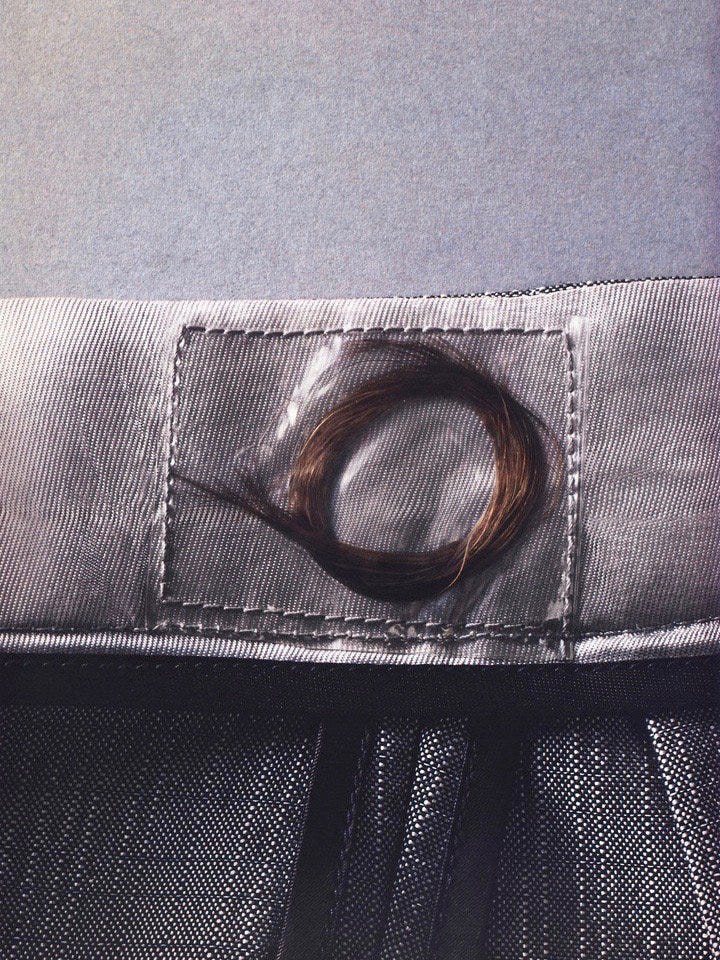
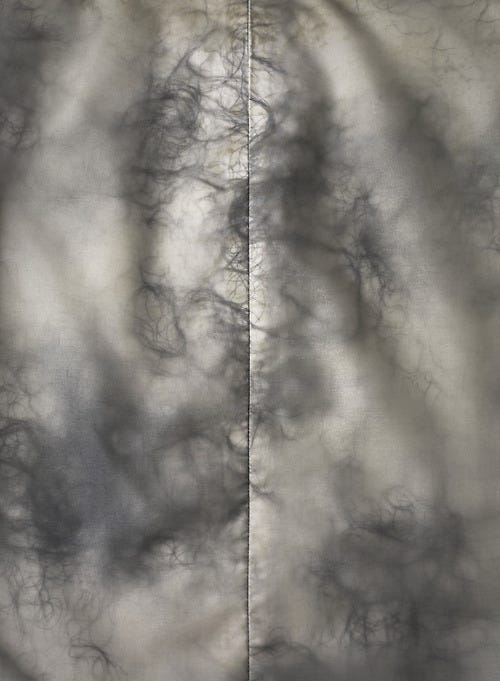
Bobby Hilson said that Lee was using fabrics he bought from merchants on Berwick Street in Soho to make the clothing, and was absolutely destroying them while doing so. It turns out that not being gentle with low quality fabrics doesn’t really do any good for their survival rate, so she found fabrics Swiss textile companies had donated, because the only way the fabrics wouldn’t have been ripped to shreds, was if they were of good quality.
McQueen also saw Simon Costin’s work, a London jewelry designer who specialized in body sculpture made out of animal body parts and matter, and asked if he could use some of his pieces in the show, to which Costin agreed. A black lace necklace with rabbits skulls, a jet-beaded headdress, a bird-claw brooch, and a choker with little bear paws were some of the bits and bobs featured.
It was this collection that caught the eye of Isabella Blow, a magazine editor and fashion icon, who actually purchased the entire collection. She believed in McQueen so fiercely and used all of her contacts to help him in any way she could. She was a mentor to him, but she also became a dear friend.
While this was work he’d done before for other designers, on Seville Row, etc., it was all filtered through a darker, skinhead lens. The collection was strong, but it was feminine. After all, the late designer famously stated that he designed clothes because he didn’t want women to look “all innocent and naive.” He wanted people to fear the women he dressed.
Very little documentation of this collection exists, but with such a strong collection, straight out of school, it’s of no shock that McQueen is a fashion lovers dream designer. Never shy of controversy, it’s interesting to think of a designer like Lee McQueen in today’s political climate, and how he would do. Regardless, there will never be anyone quite like him.





